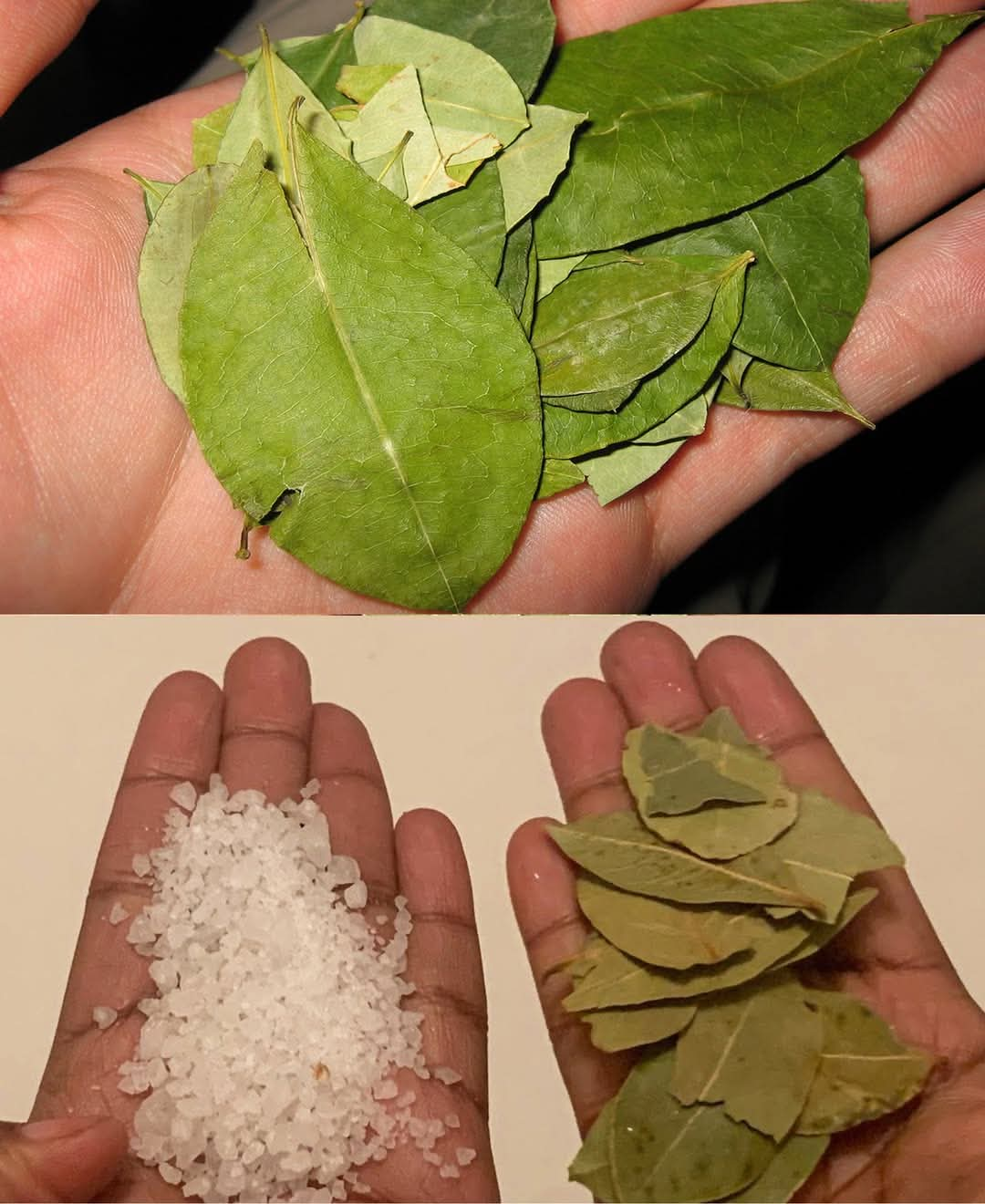ADVERTISEMENT
## Understanding Bay Leaves and Their Role in Cooking
Bay leaves are an aromatic herb that comes from the **Laurus nobilis** tree, a plant native to the Mediterranean region. Known for their leathery texture, bay leaves are typically added to dishes like soups, stews, sauces, and marinades to infuse their unique, earthy flavor. However, they are rarely eaten directly due to their tough texture. Instead, they are used to impart flavor, which becomes evident when the leaves are simmered in liquid.
### The Flavor of Bay Leaves
Bay leaves have a distinct taste that can’t be easily replicated by other herbs or spices. The flavor is a blend of earthy, slightly bitter, and floral notes with hints of mint, thyme, and eucalyptus. When simmered in a dish, the bay leaves release essential oils that create a deep, savory aroma. This infusion of flavor is subtle but undeniable, adding complexity to whatever you’re cooking.
Bay leaves are most often used in long-cooked dishes like stews, braises, soups, and stocks. The leaves need time to release their oils, making them perfect for dishes that require simmering over a longer period. They can also be used in rice dishes, curries, and marinades, adding richness and depth to the flavors.
In addition to their culinary uses, bay leaves have a long history of being valued for their medicinal properties. They contain compounds that are thought to have anti-inflammatory, digestive, and antioxidant effects. While these benefits are not typically the focus in everyday cooking, my grandmother would often remind me of their gentle healing properties, particularly in herbal teas and tonics.
## Salt: The Universal Enhancer of Flavors
Salt is undoubtedly one of the most important ingredients in any kitchen. It does more than just add a salty taste to food – it has the remarkable ability to enhance and bring out the natural flavors of the ingredients in a dish. Salt has been used for thousands of years in cooking and food preservation, and its versatility goes far beyond seasoning.
### The Science of Salt in Cooking
Salt works on a molecular level by enhancing the receptors on our taste buds, amplifying flavors that would otherwise be subdued. This makes it a powerful ingredient in nearly every type of cooking. When salt is added to food, it doesn’t just add saltiness; it also brings out sweetness, reduces bitterness, and balances acidity. This is why salt is often used in baking, even in desserts – it can highlight the sweetness of chocolate or balance the acidity in fruit.
Salt also plays an essential role in food preservation. Before refrigeration, salt was one of the most common methods used to preserve meat, fish, and vegetables. The process of curing and salting food helps prevent the growth of bacteria, allowing food to be stored for longer periods.
Beyond its culinary uses, salt has many other practical applications. It’s an excellent natural cleaning agent, a remedy for sore throats, and even an effective way to absorb moisture in a damp environment. It’s no wonder salt has earned a place as one of the most valuable and indispensable ingredients in kitchens around the world.
For Complete Cooking STEPS Please Head On Over To Next Page Or Open button (>) and don’t forget to SHARE with your Facebook friends
